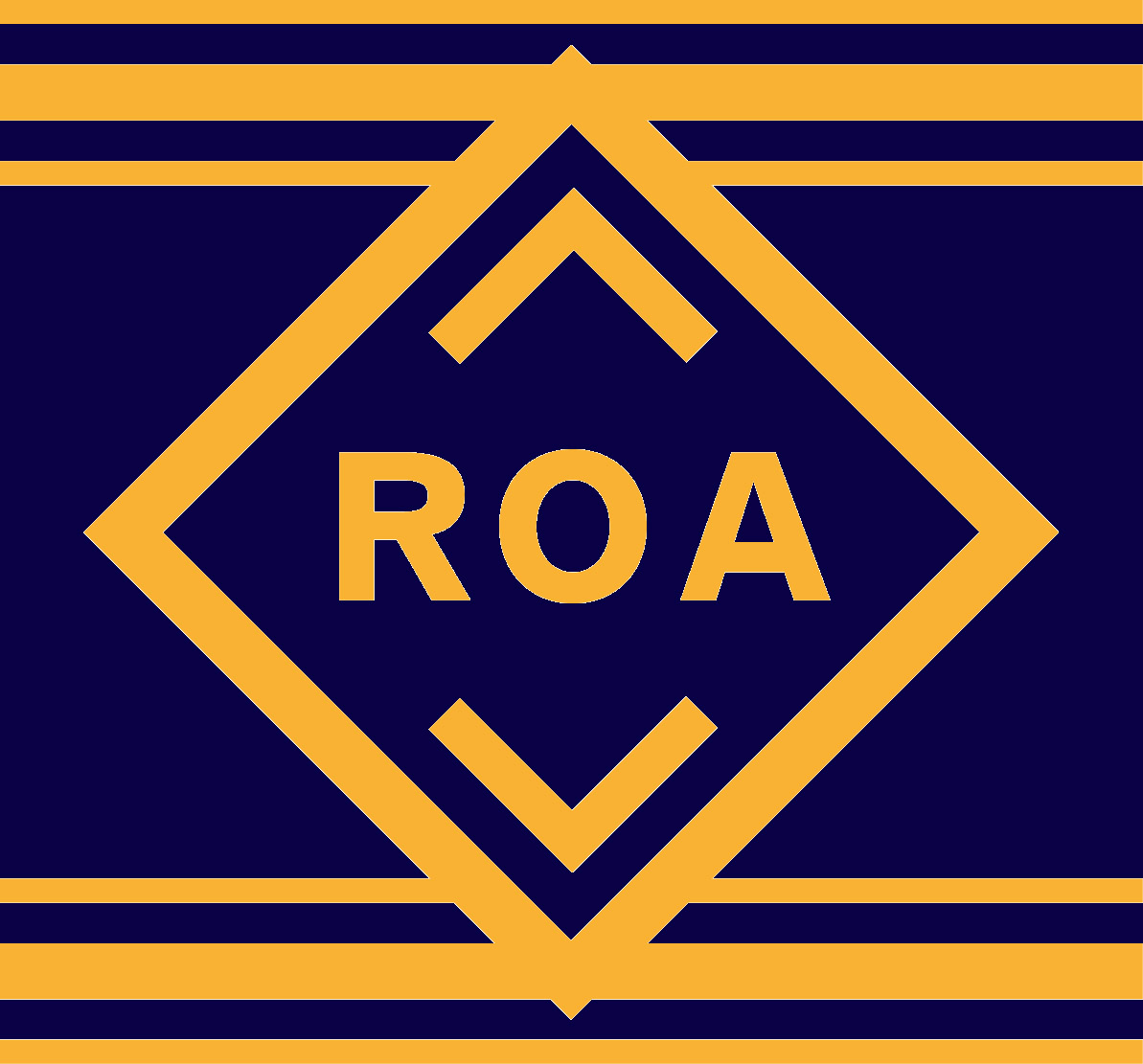Marconi Archive at The Bodleian Library
The Bodleian Library has accepted the Marconi Archive and the collection has been transferred to the library in Oxford, specifically the Douglas Byrne Marconi Archive. A project to catalogue the Archive has been ongoing for some years. When complete, the results will be available as an online finding aid for the material and the Archive should be much more accessible for research. The ROA has been informed that members are welcome to contact the library if undertaking genuine research. However the usual Library regulations apply for access: users will need to apply for a reader’s card, details of which are on the Library’s website at http://www.bodley.ox.ac.uk/guides/admisfrm.pdf and will also need to book a space in advance in the Modern Papers reading room ([email protected], phone 01865 277046 ). The postal address for the Bodleian is:
Douglas Byrne Marconi Archive Bodleian Library Broad Street, Oxford OX1 3BGThe historic Marconi equipment has gone to the Museum of the History of Science located at the University of Oxford in Broad Street. A joint exhibition of equipment and archival material is planned in the Museum from April 2006.
Archivist
The ROA is active in promoting the presentation of equipment and documentation related to marine radio. Its Hon Archivist liaises with museums and private collectors and may be happy to provide advice to historians, the media and others with an interest in the subject.
Many ROA members were concerned that there was no central record of radio equipment and Radio Officer memorabilia in the country. There was also a very real danger that without such a record, objects and information related to our industry would be lost forever.
The objective was to create a repository for sources of information, documents, memorabilia or equipment relevant to the marine radio industry. The response of members for information has proved worthwhile. Over the last two years, a list of archiving material has been constantly amended and updated as new information has been received. The central register is available to the members as an information source and general research tool.
Items contained in the archive include a list of ships and museums known to have items of radio equipment or related documents. Several individuals around the country have collected radio equipment and have their own “radio room” in the garage or shed. Many members have kept textbooks and instruction manuals of various radio equipments, thus a comprehensive file on such items has been complied.
Information of Radio Officer Examination Results from 1910 to 1974 is currently held at Merseyside Maritime Museum consisting of 118 volumes. These records offer a fascinating insight into the PMG examinations especially the handwritten comments of the examiners. Other Radio Officer Examination Results from 1950 are held at the Association of Marine Radio Colleges (AMERC) national administration centre at Wray Castle College, Ambleside, Cumbria, details are held on cards and ledgers.
The ROA archive has a limited number of photographs of radio rooms of different periods donated by members. Contact is maintained with other organisations interested in marine radio, for example, The Liverpool Marine Radio and Electronics Society.
The association is particularly proud to have been given the original Register of Radio Officers Lost At Sea 1939-1945. This was complied by ex Radio Officers Peter J Barber and his colleague George V Monk and lists the 1,406 Radio Officers known to have been lost during the war. This is provided in full under the heading “In Memoriam”
This year we commemorate the 60th anniversary of the 5 year Battle of the Atlantic – the most important event in UK participation of WWII.
Throughout WWII, 1,408 Radio Officers were killed, and with Masters formed 10% of circa 24,000 Merchant Navy seamen casualties reported from a total of 2,952 British ships sunk. (1,882 allied ships and 577 neutral ships were also lost).
180,000 men of all races and creeds were employed under the Red Duster. Of these approximately 140,000 were at sea at one time. Total casualties of seamen employed under the British Register was approximatelt 35,000, of which approximately 24,000 appear on the Tower Hill Memorial. The remainder of the 11,000 appear on memorials at Calcutta, Bombay, Halifax and in Australia, New Zealand, Singapore and Hong Kong. A small number appear in the grave registers of the Commonwealth War Graves Commission.
The Prime Minister, on 11th April 1945, in the course of a reply to a question in the House of Commons on the number of caualties to all ranks of British Commonwealth and Empire forces, gave the following figures for the Merchant Navy.
Casualties to merchant seamen due to enemy action reported from 3rd September 1939 to 28 February 1945:
- Deaths: 30,179
- Internees: 3,982
- Total: 34,161
W G Williamson – ROA Archivist
